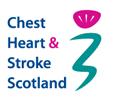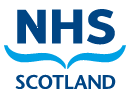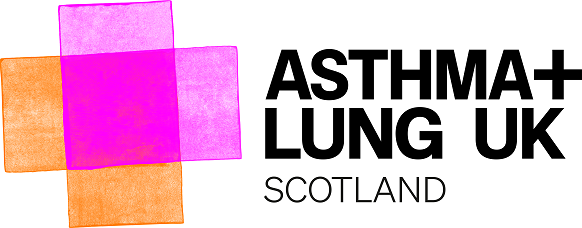The main Airway Clearance Technique used in COPD is the Active Cycle of Breathing Technique (ACBT).
- ACBT is easy to learn.
- It can be adapted to your needs.
- You don’t need any equipment or assistance so can be done anywhere at any time.
- It is usually the first Airway Clearance Technique of choice for people with COPD.
- If you have difficulty with Active Cycle of Breathing Technique ask to see a respiratory physiotherapist who can help.
Active Cycle of Breathing from Cat Young on Vimeo
View text transcript
What we are going to do first of all is, I will talk you through the technique and then we will run through it together.
First of all we need three deep breaths. So it’s going to be a nice big deep breath in. Hold for three and then just sigh gently out. We will do three breaths, then we will go to breathing control which is your slow normal breathing and then back to three deep breaths again. We will then go on to the huff which is when we are trying to move the secretions and make them rumble. A huff is a medium sized breath in as you breathe out as if you are steaming up a mirror or a glass when you clean it. (Like a forced sigh) Yours will sound grumbly. You are going to keep on doing that until you feel the urge to cough. Then you are going to cough to clear any secretions which are there.
Three slow deep breaths in and out when you are ready. Some normal relaxed breaths. When you feel ready do another three slow deep breaths. A couple of relaxed breaths and when you are ready go on to your huff. Repeat the huff two or three times until you have the urge to cough.
Once you have cleared your chest have a few normal relaxed breaths and start the cycle over again with deep breaths and huffs.
Three slow deep breaths, followed by normal breaths. Three deep breaths followed by the huff breaths until you feel the urge to cough.
Key terms
Breathing Control
Deep Breathing
Take a slow, steady, relaxed breath in, as far as you can, through your nose if you can. A slow breath will allow your lungs to fill evenly, opening up the small air sacs.
Breathing through your nose slows your breath to allow more equal filling of your lungs. It also warms, moistens and filters the air which will help to avoid coughing and wheezing.
Now hold your breath for a slow count of up to 3. Holding your breath will allow the air to circulate right down into the air sacs and get behind the sputum so that it can be driven out of your lungs. Followed by a quiet, gentle, relaxed breath out.
Huffing
Take a slightly deeper than normal breath in and then with your mouth open (as if biting into a large apple or imagine you are steaming up a mirror), squeeze the air out forcibly. You should feel your stomach muscles contract. If your huff sounds wheezy you have squeezed too hard.
Keep huffing out to the end of your breath.
You can use breathing control between huffs to avoid wheezing.
If you can hear or feel that the sputum is ready and sitting high enough in your throat, cough or huff again to spit it out into a seal-able container or into disposable tissues. Remember to wash your hands after this.





